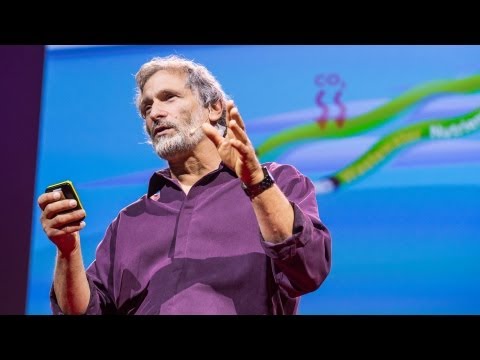7.25: Putting It Together- Metabolic Pathways
- Page ID
- 44377
Whether the organism is a bacterium, plant, or animal, all living things access energy by breaking down carbohydrate molecules. But if plants make carbohydrate molecules, why would they need to break them down, especially when it has been shown that the gas organisms release as a “waste product” (CO2) acts as a substrate for the formation of more food in photosynthesis? Remember, living things need energy to perform life functions. In addition, an organism can either make its own food or eat another organism—either way, the food still needs to be converted to a form cells can actually use. Finally, in that process of conversion, called cellular respiration, organisms release needed energy and produce “waste” in the form of CO2 gas.
Biofuels
Obviously its important for providing energy for living organisms to power themselves. But is that the only power that photosynthesis provides? What about biofuels? Watch this 14 minute video for an amazing discussion of a proposed biofuel source that doesn’t use arable land, doesn’t take away food crops, and utilizes wastewater from cities.
Contributors and Attributions
- Authored by: Shelli Carter and Lumen Learning. Provided by: Lumen Learning. License: CC BY: Attribution
- Biology. Provided by: OpenStax CNX. Located at: http://cnx.org/contents/185cbf87-c72e-48f5-b51e-f14f21b5eabd@10.8. License: CC BY: Attribution. License Terms: Download for free at http://cnx.org/contents/185cbf87-c72...f21b5eabd@10.8
- Jonathan Trent: Energy from floating algae pods. Authored by: TED. Located at: https://youtu.be/X-HE4Hfa-OY. License: All Rights Reserved. License Terms: Standard YouTube License


